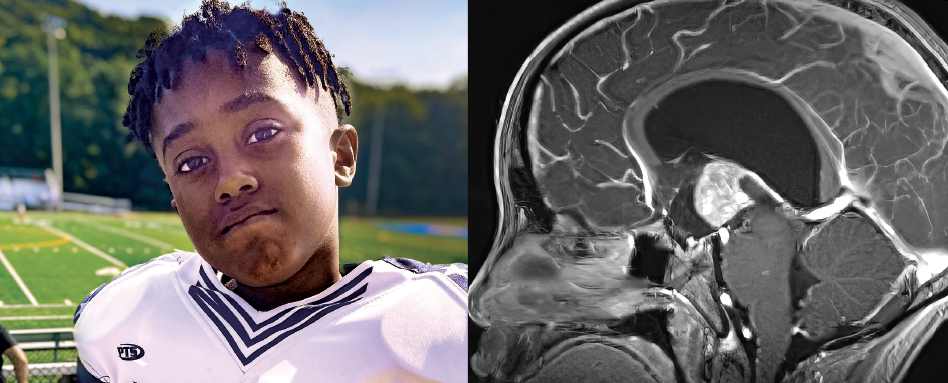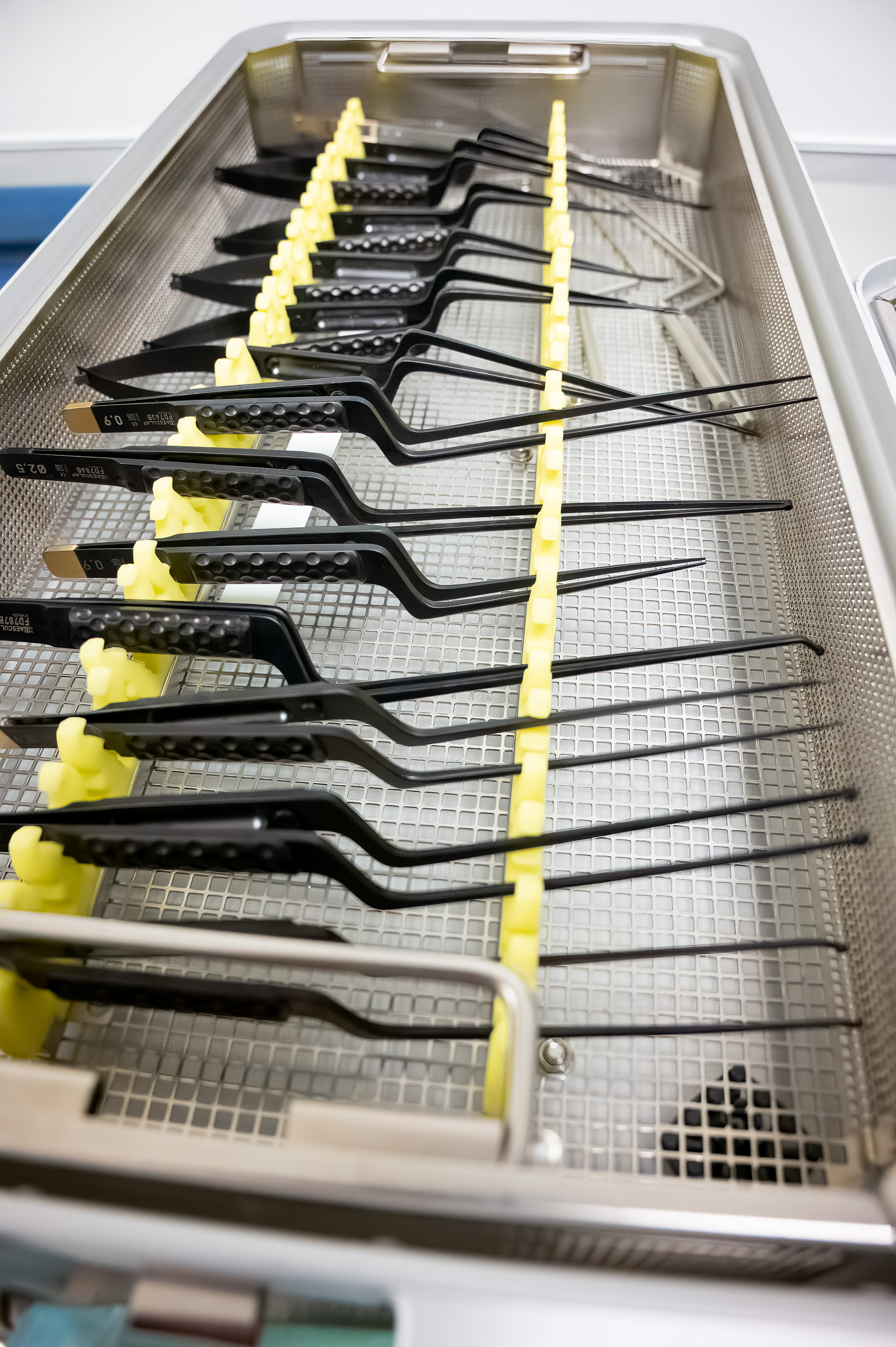All-Star Surgical Precision Defeats Brain Tumors
It started innocently enough: nine-year-old Kevin was having regular headaches. They were cramping his style on the basketball court and the football field. When the headaches grew more frequent over the course of a month, his mother, Jhanell, took him to the pediatrician and then to the eye doctor, since the headaches were centered behind his eyes. The eye doctor saw there was swelling of the optic nerves, so she sent him to nearby hospital. There they found a mass in his head, and Kevin was sent to the specialists at Connecticut Children’s, where a series of scans discovered two tumors in his brain.
“When they told me that,” Jhanell says, “I almost had a nervous breakdown, but then I looked at Kevin and he was looking at me and his dad for our reactions. I had to keep it together a little bit because he was there needing me to be strong.”
The good news was the tumors were not cancerous. They were the result of a genetic condition called tuberous sclerosis, which causes the body to generate multiple tumors throughout the body. Several types of lesions can form in the brain, and they can sometimes grow large enough to affect brain function.
Latest Articles

$1 Million Gift from Big Y Supports Connecticut Children's New Clinical Tower and Expanded Pediatric Services

A New Era of Care Begins: Connecticut Children’s Celebrates the Opening of the New Clinical Tower






